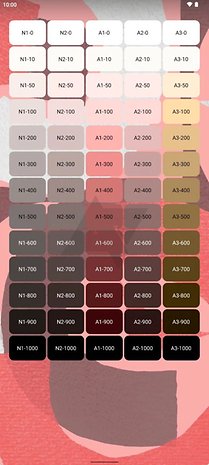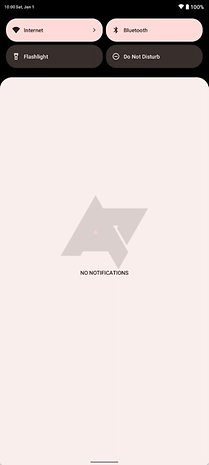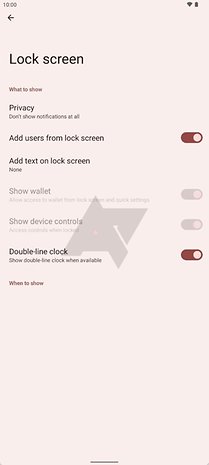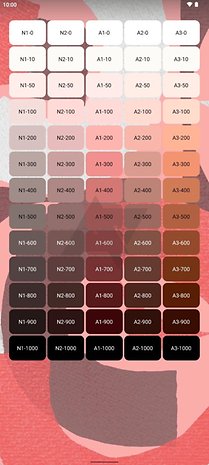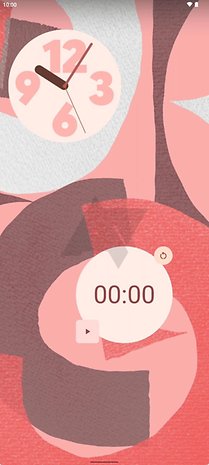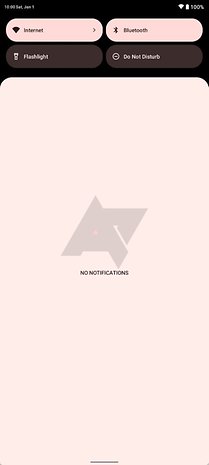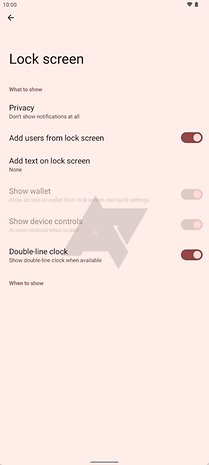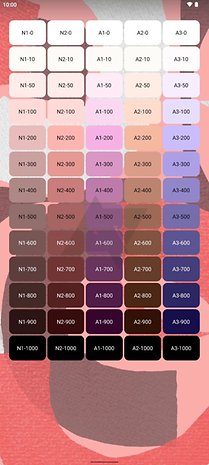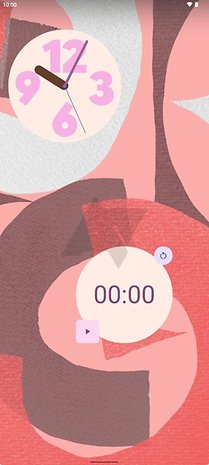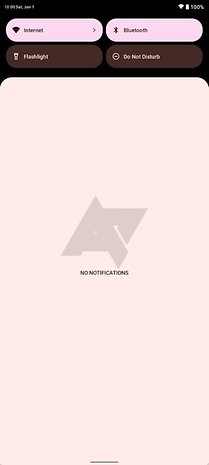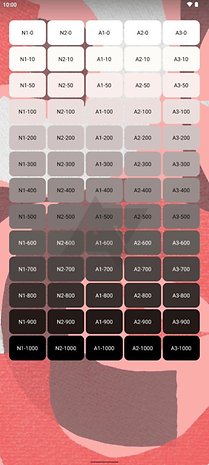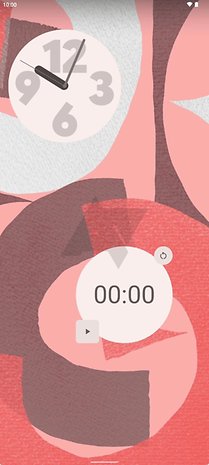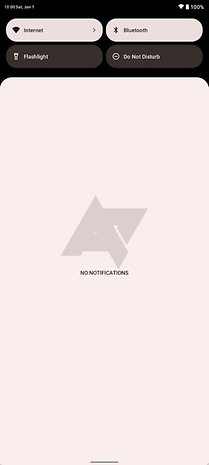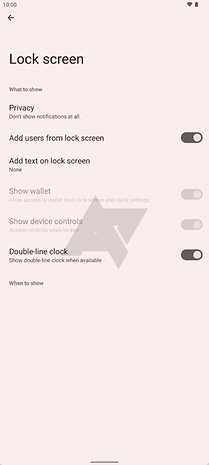Contents:
Android 13: when can we expect the new Google OS?
The first official announcement comes with the release of a first Developer Preview (DP). Featured here are features that are still under development for the system. The next milestone usually occurs during Google I/O – the company’s event for developers, which traditionally takes place in May. In this context, the first beta version is often announced.
After about three to five beta versions, Google states that the version contains a “release candidate build of Android”. This means that the range of functions is final and at least for app developers all app interfaces (APIs) for testing applications and games are available.
After some bug fixes – mostly related to stability issues on Pixel smartphones – Google releases the stable version. This coincides with the announcement of a new generation of Pixels, which has been the case since Android 6 (Marshmallow, back in the Nexus 5X and Nexus 6P era) between August and October.
Current Android schedule
| version | Announcement / Preview | beta | release candidate | stable version |
|---|---|---|---|---|
| Android 12 (2021) | February (DP1) | May | September (Beta 5) | October |
| Android 11 (2020) | February (DP1) | June | Aug (Beta 3) | September |
| Android 10 (2019) | March (Beta 1) | Aug (Beta 6) | September | |
| Android 9 Pie (2018) | March (DP) | May | July (Beta 4) | August |
Android 13: What will the version be called? And is Google superstitious?
Although Google stopped using the Android codename in the official marketing campaign after Android 10, the tradition lives on among the operating system’s developers and engineers.
For the Android of the year 2022 have early Changes (commits) submitted to the Android Open Source Project (AOSP) repository made it clear that the new version is known internally as Tiramisu.
Rename T to Tiramisu
PLATFORM_VERSION_CODENAME is being updated from T to Tiramisu.
However, the name is not expected to be used in any consumer-facing material. Similar to what happened with Android 11 (Red Velvet Cake) and 12 (Snow Cone).
Some NextPit Editors are also wondering whether Google might omit the “13” out of superstition. In this article, as you may have noticed, we’ll simply call the next version of the operating system “Android 13”.
Android 13: New features
Languages per app
Currently, Android apps can put different translations in the APK/AAB, but changing languages is usually a system-wide option that applies to all apps. With Android 13, that will change as users will have the ability to choose their own language for each app.
The new function was developed by the XDA-Developers discovered as a new option in the “Languages & Input ” and in the App info settings:
While the app voice feature is a relative niche, we
NextPit editors welcome it / © XDA Developers
More control over app notifications
To combat notification spam, we already have some control over how and when apps can send notifications to phones. According to the same XDA leak the next OS version will provide a better solution.
Though the leaked version the site had access to didn’t work, there was a new system permission for notifications that treats the feature like current camera and microphone access.
Data transfer by tapping
This new feature looks promising and basically brings back something that was deprecated with Android 10: Android Beam! Android Police revealed that the new version of the operating system will add the ability to initiate a file transfer between devices via NFC, just like the decommissioned feature.
Although Nearby Share offers a similar solution to the same task, Tap to transfer the increasingly popular NFC antennas (or possibly UWB) to transfer photos, videos and other documents between phones.
The Android Resource Economy
Known as TARE, this new feature adds a credit system that limits apps’ usage of the phone’s resources – CPU, GPU, battery, etc. The system is still in the early stages of development, but it looks like it can help improve battery usage on Android.
Other features that could come with Android 13
Alongside this, leaked Android 13 builds hint at some other minor changes:
- A special option for View QR scannerswhich can be accessed from the lock screen.
- Improved UWB supportwith more features for device manufacturers.
- support for Bluetooth LE audio and the Low Complexity Communications Codec (LC3).
- Audio output toggle that offers the possibility to choose between speakers, phones and volume adjustment.
Android 13: Visual changes
More colors for Material You
After drawing attention to Material You, Android 12’s new design language, Google is ready to announce the further develop the visual concept with Android 13. According to a leak from Android Police, the new system will offer even more customization options, with a wider range of colors.
Change the layout of the clock on the lock screen
If you’ve seen enough Pixel 6 lock screen images, you might have noticed that they all had basically the same simple layout, with the time in the middle of the screen with a 2×2 layout (hours on top, minutes on the bottom).
A leaked version, again found by the XDA developers, shows that Android 13 has a new option for the lock screen will offer. With this you can disable the two-line clock and place a smaller clock in the upper left corner of the screen.
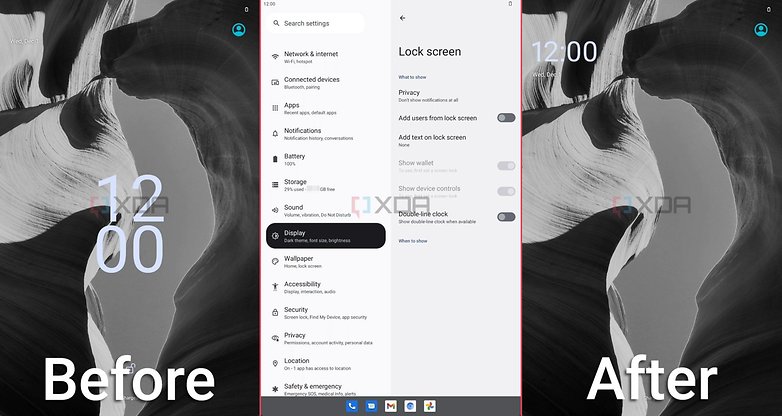
A small change, but customization options are always welcome / © XDA Developers
Android 13: Expected devices
As is usual with any new Android release, Google’s Pixel devices will be the first to receive the new version. The release of Android tends to coincide with a new generation of Pixels, so a Pixel 7 smartphone will be the first phone to be released with the system.
The update is expected to roll out to other Google phones starting with the Pixel 4 and newer on the same day.

As usual, the Pixel smartphones are expected to be the first to receive Android 13 / © NextPit
Update availability for other makes and models will vary widely, so we recommend reading our guide on each manufacturer’s update policy:
This article will be continuously updated until the final release of Android 13. Follow NextPit on Facebook, Twitter and Telegram to be notified of new features, development releases, and device support!

